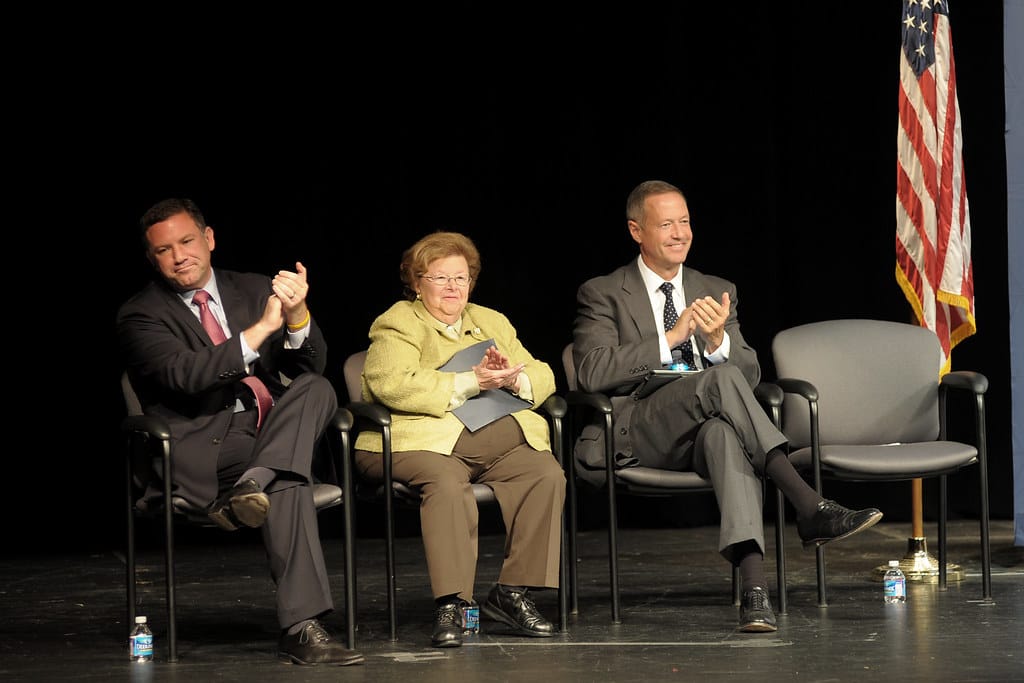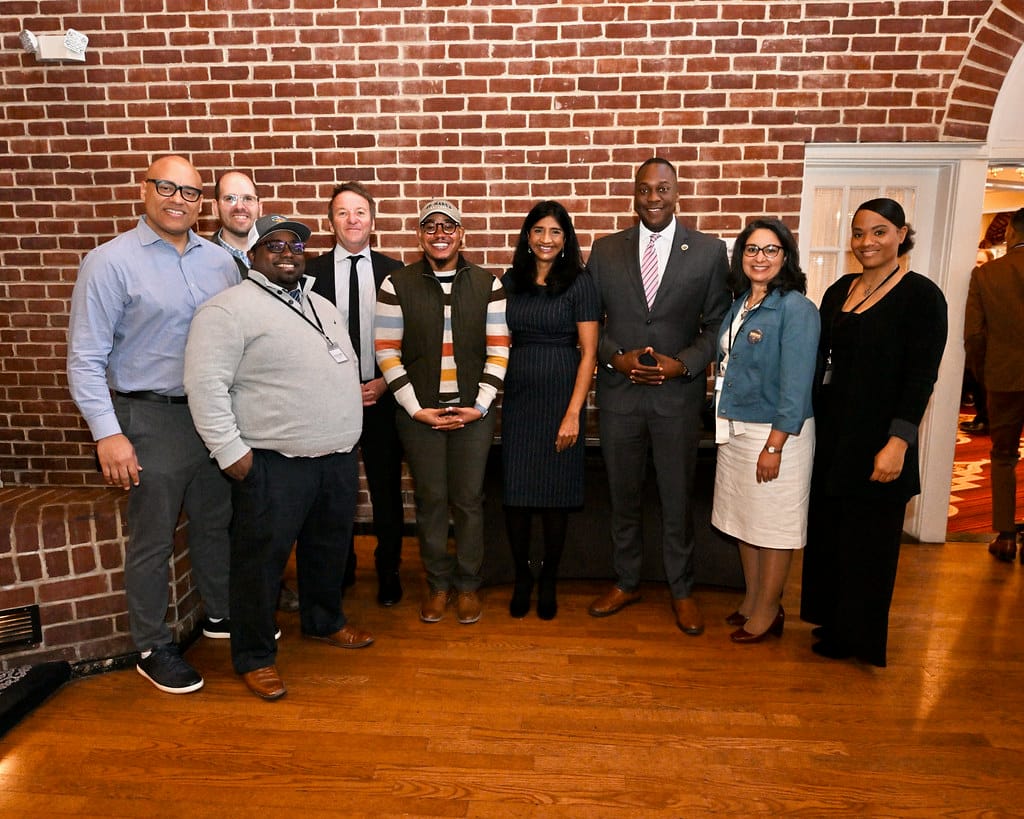Supreme Court Upholds Critical Broadband Lifeline: What This Means for Millions of Americans
The Supreme Court's decision to reject a constitutional challenge to the Federal Communications Commission's broadband subsidy program represents a pivotal victory for digital equity advocates and millions of low-income Americans who depend on affordable internet access. This ruling ensures the continuation of programs that have become essential infrastructure for education, healthcare, and economic opportunity in the digital age.
The Challenge That Failed
The legal challenge targeted the FCC's Universal Service Fund (USF), which collects approximately $8 billion annually from telecommunications companies to subsidize broadband and phone services for rural areas, schools, libraries, and low-income households. Critics argued that the fee collection mechanism violated constitutional principles by delegating taxing authority to a private entity without proper congressional oversight.
The Supreme Court's rejection of this challenge—delivered without comment, as is typical for cert denials—allows lower court rulings favoring the program to stand. This decision effectively validates a funding structure that has operated for decades, providing crucial digital infrastructure support across America.
Programs That Hang in the Balance
The Universal Service Fund supports four critical programs that would have faced uncertainty if the challenge had succeeded:
The Lifeline Program provides monthly discounts of up to $9.25 for phone or broadband service to eligible low-income consumers. Approximately 7 million households currently benefit from this program, which has evolved from supporting landline phones to include mobile and broadband services.
The Emergency Broadband Benefit, launched during the pandemic and later replaced by the more permanent Affordable Connectivity Program, has provided internet subsidies to over 20 million households. This program offers monthly discounts of up to $30 for broadband service and up to $75 for households on qualifying Tribal lands.
Rural Healthcare and Schools Programs ensure that medical facilities and educational institutions in underserved areas can access high-speed internet at affordable rates, bridging the digital divide in critical sectors.
The Stakes Were High
Had the Supreme Court accepted this case and ruled against the FCC's funding mechanism, the implications would have been far-reaching. Telecommunications industry analysts estimated that dismantling these programs could have left millions without affordable internet access, particularly impacting:
- Students in rural areas who rely on subsidized broadband for remote learning and homework completion
- Elderly and disabled Americans who depend on affordable telecommunications for healthcare access and social connection
- Small rural communities where market forces alone cannot sustain broadband infrastructure investment
The timing of this challenge made it particularly concerning, as the COVID-19 pandemic highlighted how essential reliable internet access has become for work, education, and healthcare delivery.
Industry and Advocacy Response
Telecommunications companies and digital rights advocates largely supported maintaining the current funding structure, despite the fees they must pay into the system. Major carriers like Verizon and AT&T argued that the Universal Service Fund creates market stability and ensures rural coverage that might otherwise be economically unfeasible.
Consumer advocacy groups hailed the Supreme Court's decision as protecting vulnerable populations. "This ruling preserves a lifeline for millions of Americans who would otherwise be cut off from the digital economy," said a spokesperson for the Electronic Frontier Foundation.
Looking Forward: Challenges Remain
While this legal victory secures the immediate future of broadband subsidies, significant challenges persist in America's quest for universal internet access. The FCC estimates that approximately 14.5 million Americans still lack access to fixed broadband service, with rural and tribal communities disproportionately affected.
The Biden administration has allocated $65 billion through the Infrastructure Investment and Jobs Act to expand broadband access, but implementation remains complex and ongoing. State governments are now working to distribute these federal funds effectively while coordinating with existing Universal Service Fund programs.
The Bottom Line
The Supreme Court's rejection of this constitutional challenge reinforces that affordable internet access has become a fundamental necessity rather than a luxury in modern America. By preserving the Universal Service Fund's funding mechanism, this decision protects critical programs that serve as digital lifelines for millions of Americans.
For policymakers, this ruling provides stability to continue building upon existing broadband equity initiatives. For consumers, it means continued access to programs that make internet service affordable and accessible. As America continues to grapple with digital divide issues, this legal foundation remains crucial for ensuring that geography and income don't determine access to the digital economy.

